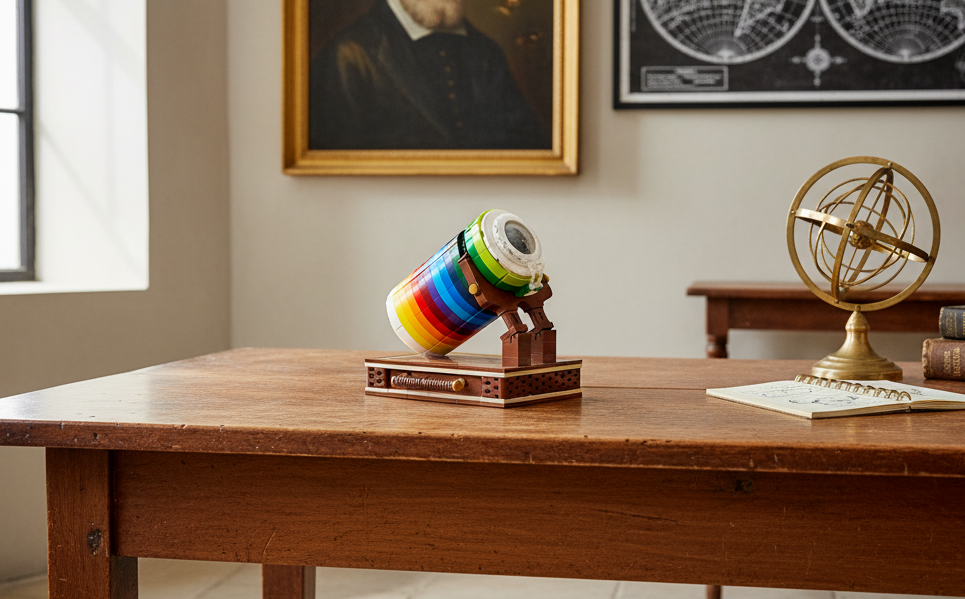The LEGO® 10361 Holiday Express Train has everyone talking, but not just because of its festive charm. For the first time ever, a LEGO® retail set includes a 3D-printed part, a miniature steam engine with linked wheels and a moving steam puff. This isn’t just a decorative piece; it connects to other LEGO® elements, allowing builders to test its clutch power and long-term durability.

Why is this a big deal? LEGO® has dabbled in 3D-printed elements before, but only in small test runs. This is the first time such a part has made its way into a widely available set. The technology used, selective laser sintering, is highly advanced and far removed from the consumer-grade 3D printing most of us are familiar with. The part is functional, separate, and clearly labeled as an experiment.

So, why the backlash? Some fans worry this signals a shift away from traditional injection molding, or that it’s driving up the set’s price. But here’s the thing: this part isn’t the reason the set costs €119.99 ($129.99, £109.99, 899 DKK, 1,349 SEK, 549 PLN, 650 BRL, 209 AUD). It’s not about replacing existing methods, it’s about testing new possibilities. LEGO® is gathering feedback on durability, compatibility, and fan reception. If anything, this is a clever move, a small step toward future innovations.
Should we expect more 3D-printed parts? Possibly. If this experiment goes well, we might see more specialized, complex elements in future sets. For now, it’s a one-off, a chance for LEGO® to see how the technology holds up in the hands of builders.
The Real Issue: Powered Up Components Are Nowhere to Be Found

Here’s where the frustration sets in. The Holiday Express Train is designed to be motorized, the box even shows off the Powered Up components you’d need: the 88009 Hub, the 88011 Train Motor, and the 88010 Remote Control. Sounds great, right? There’s just one problem: you can’t actually buy them.
The availability crisis:
- In the US and Canada, the remote is sold out.
- In Australia, both the hub and remote are listed as retired.
- In Germany, the product pages for the hub and motor have vanished for months.
This isn’t a temporary glitch. It’s a systemic issue with LEGO®’s Powered Up strategy. The set’s box advertises motorization, but in reality, no single country has all three components in stock. It’s ironic, to say the least.
What’s the impact? If you want a fully functional, remote-controlled train, you’re looking at an extra €79.99 ($86.99, £72.99, 599 DKK, 899 SEK, 369 PLN, 440 BRL, 145 AUD), if you can find the parts at all. Many fans are left wondering: Why promote a feature that’s impossible to use?
LEGO®’s response? Silence. The video creator reached out to LEGO® customer service but got no clear answers. This isn’t just an inconvenience; it’s a broken promise. The set is incomplete without these components, and LEGO® hasn’t addressed the widespread unavailability.
What can you do? If this frustrates you, you’re not alone. The video encourages fans to contact LEGO® customer service and voice their concerns. The more noise we make, the more likely LEGO® is to fix the issue—whether by restocking the parts or adjusting their marketing.
Final Thoughts: A Set with Potential, but Flaws
The 10361 Holiday Express Train is a beautiful set, and the 3D-printed steam engine is an exciting innovation. But the Powered Up debacle overshadows the excitement. LEGO® needs to either make the components available or stop advertising them as part of the experience.
What do you think? Are you excited about the 3D-printed part, or does the Powered Up issue ruin the fun?





